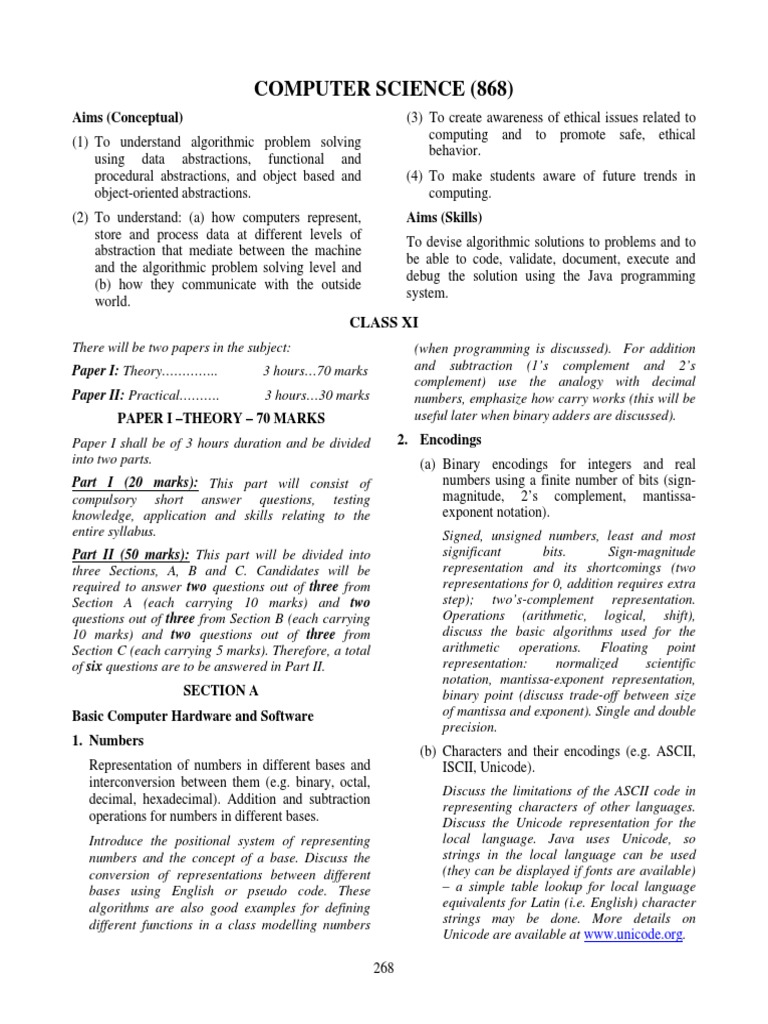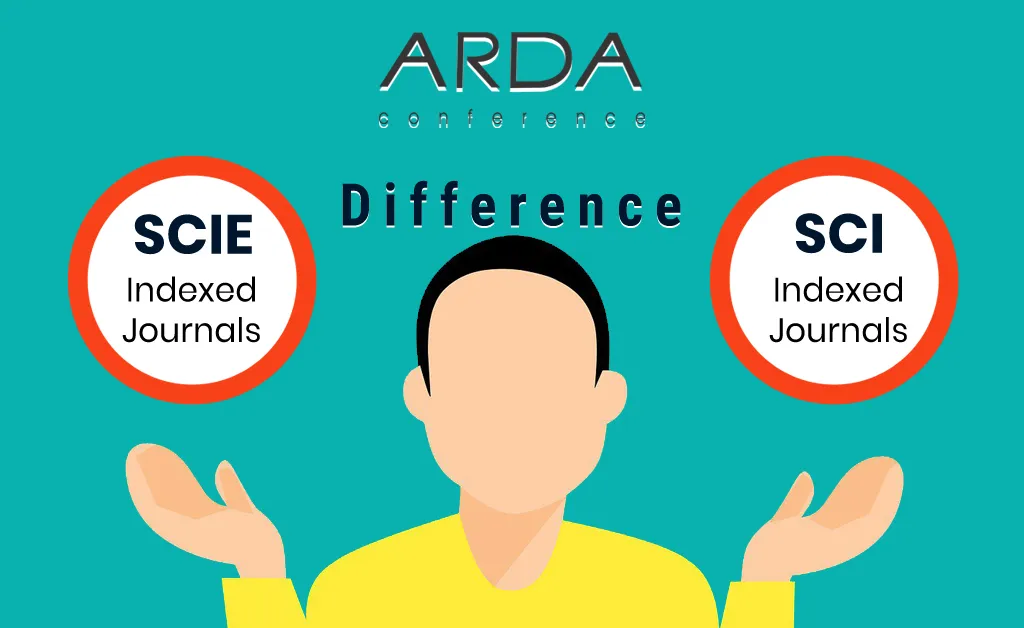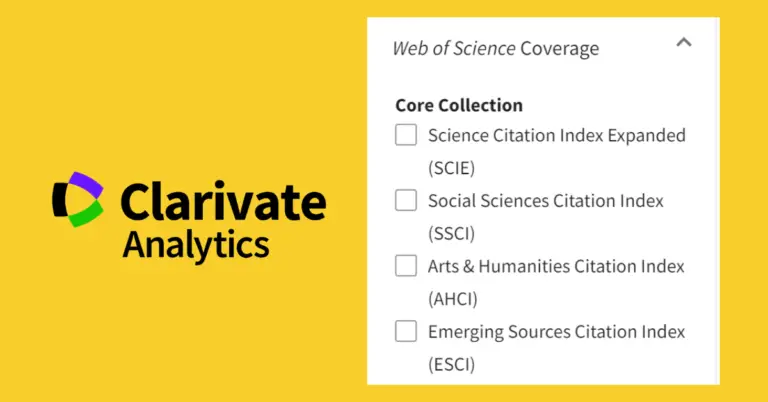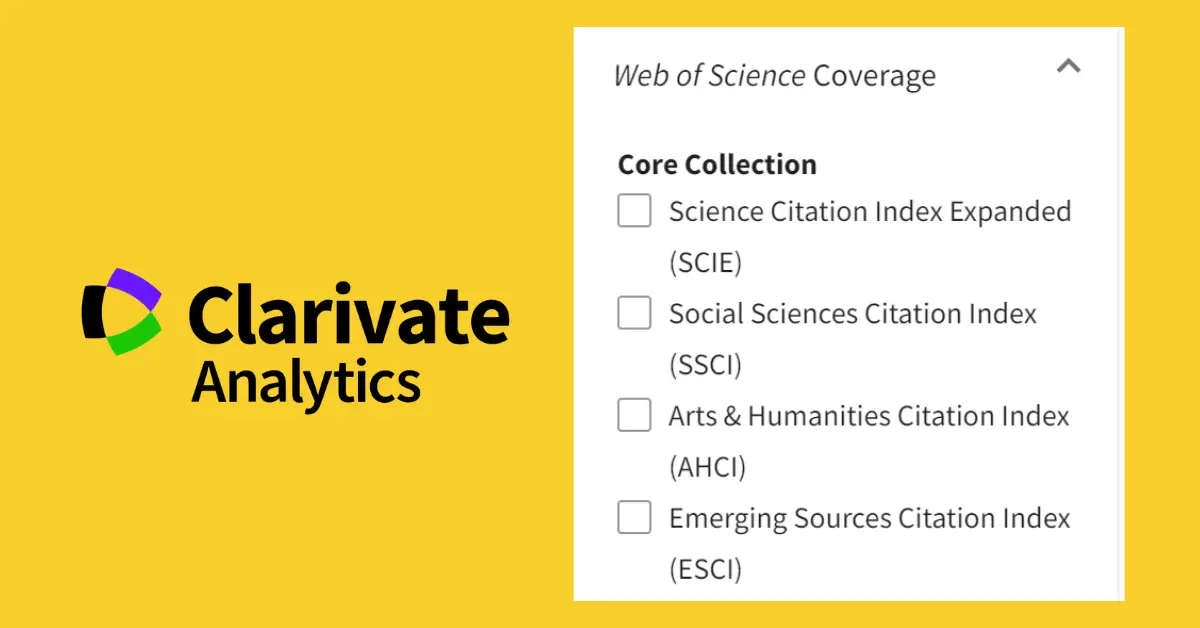Table of Contents
- Difference between SCI Journals and SCIE Indexed Journals
- SCI Index: No more Science Citation Index journals - Why? - iLovePhD
- List of Non-Paid SCI and Scopus Indexed Engineering Journals - iLovePhD
- List of Non Paid SCI and Scopus Indexed Computer Science Engineering ...
- ISC Computer Science | PDF | Inheritance (Object Oriented Programming ...
- List of SCI-SCIE Indexed Journals in Computer Science and Engineering ...
- How to Identify ISI, Scopus, or Scimago Indexed journals? | iLovePhD ...
- Top Journals in Computer Science Interdisciplinary | S-Logix
- Free Download Web of Science Journals List|No More SCI Journals|SCIE ...
- SCI Index: No more Science Citation Index journals - Why? - iLovePhD

Academic research and publication are the backbone of scientific progress, and the Science Citation Index (SCI) list plays a pivotal role in evaluating the credibility and impact of research journals. As we step into 2024, understanding the SCI list and its implications for research journals is more crucial than ever. In this article, we will delve into the world of SCI, exploring its significance, the process of inclusion, and the key factors that influence a journal's ranking.

What is the Science Citation Index (SCI)?

The Science Citation Index is a prestigious database that indexes and tracks citations of research articles, providing a measure of a journal's influence and impact within the scientific community. Developed by the Institute for Scientific Information (ISI), now part of Clarivate Analytics, SCI is a cornerstone for assessing the quality and relevance of scholarly publications. The index covers a wide range of scientific disciplines, from physics and biology to medicine and engineering.


Importance of the SCI List for Research Journals

Inclusion in the SCI list is a badge of honor for research journals, reflecting their commitment to publishing high-quality, peer-reviewed content. The SCI list helps researchers, academics, and institutions identify reputable sources of scientific information, facilitating informed decisions and collaborations. Furthermore, SCI-indexed journals often attract top talent and groundbreaking research, creating a snowball effect that elevates the journal's standing and the field as a whole.


How Journals Get Included in the SCI List
The process of inclusion in the SCI list involves a rigorous evaluation of a journal's editorial standards, content quality, and impact. Clarivate Analytics employs a set of criteria, including:
- Editorial Content: The journal's scope, peer-review process, and manuscript handling procedures are assessed.
- Citation Analysis: The journal's citation record, including the number of citations, citation density, and source coverage, is analyzed.
- Publication Regularity: The journal's publication schedule, including frequency and timeliness, is evaluated.
- International Diversity: The journal's global reach, including the geographical distribution of authors, editors, and readers, is considered.

Key Factors Influencing a Journal's Ranking
A journal's ranking within the SCI list is determined by its Impact Factor (IF), which calculates the average number of citations received per article published in the journal. Other factors, such as the 5-Year Impact Factor, Eigenfactor Score, and Article Influence Score, also contribute to a journal's standing. Additionally, the journal's H-Index, which measures the number of highly cited articles, plays a significant role in determining its ranking.
In conclusion, the Science Citation Index list 2024 serves as a benchmark for research journals, recognizing excellence in academic publishing. By understanding the significance of the SCI list, the inclusion process, and the key factors influencing a journal's ranking, researchers and academics can navigate the complex landscape of scientific publication. As we move forward in 2024, the SCI list will continue to play a vital role in shaping the future of academic research, driving innovation, and advancing human knowledge.
Whether you are a seasoned researcher, an early-career academic, or an institution seeking to elevate your research profile, the SCI list is an essential resource. By embracing the principles of academic excellence and the rigor of the SCI evaluation process, we can unlock the full potential of scientific research, driving progress and improving lives.